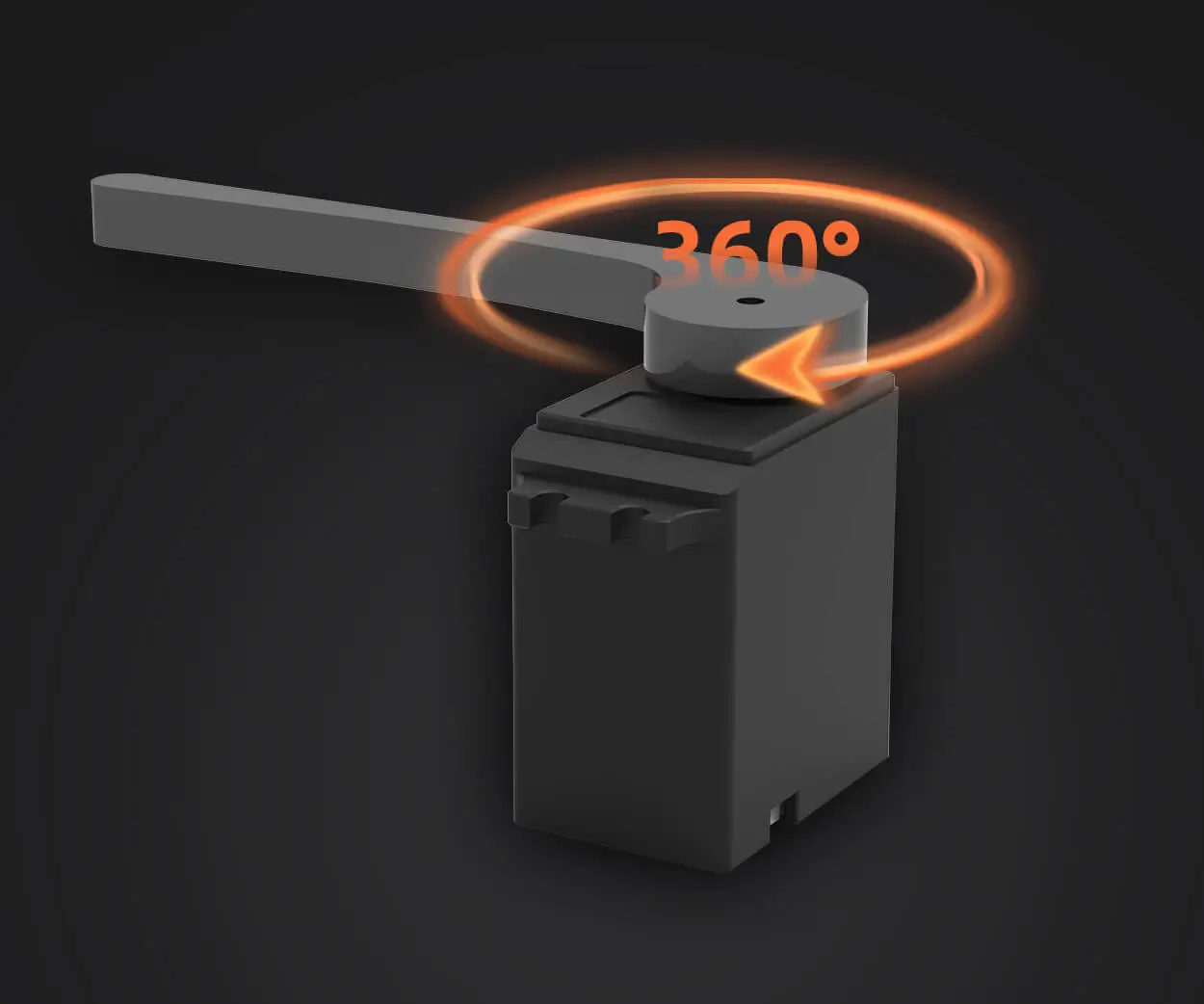Ever dealt with a servo motor that just won't behave? You think you've got your setup right, but sometimes, those magnetic encoders decide to throw a wrench in the works. It's like trying to listen to a favorite song, but the lyrics keep cutting out—frustrating, right? Well, troubleshooting these issues isn’t always straightforward, but knowing the common pitfalls can save you hours of head-scratching.

First off, let’s talk about signal loss. Ever notice your servo drifting or stopping suddenly? Usually, that’s a sign of encoder miscommunication. Maybe the wiring got pinched, or connectors aren’t seated tightly enough. Visual inspection helps; look for loose cables or corrosion on connectors. Sometimes, electromagnetic interference is sneaky—it’s like that static noise that messes with your radio. Keep the encoder away from high-power motors or RF sources. Shielded cables are your friends here.
Then, there's power supply hiccups. A voltage drop or fluctuation can mess with the encoder’s magnetic field reading. Ever seen a motor stall because the voltage dipped? Ensuring stable power with proper filtering and regulation makes a world of difference. Think of it as keeping your foot steady on the gas pedal—no sudden jerks.
What about calibration? If your system isn’t set correctly, it’s like trying to navigate with a blurry map. Recalibrating the encoder can restore accuracy. Sometimes, a simple reset or firmware update does the trick. Quality magnetic encoders are built with diagnostic functions—use these! They often provide error codes that point right to the issue.
But here’s a question: have you ever faced inconsistent readings even with good wiring and power? It’s possible that the magnetic environment around the encoder isn’t ideal—metal parts close by can distort the magnetic field, leading to incorrect signals. Moving components away or adding magnetic shielding can turn things around.
Let’s not forget mechanical issues. If the encoder isn’t aligned properly or has physical damage, signals become unreliable. It’s like trying to read a map with torn pages. Regular checks for alignment and integrity keep everything running smoothly.
At the end of the day, troubleshooting magnetic encoders on servo motors is like detective work—piecing clues together to find the problem. With some patience and a systematic approach, you’ll be back to smooth sailing in no time. Sometimes, just swapping out an encoder or upgrading to a more robust model can prevent future headaches. Remember, choosing high-quality components means fewer surprises and more reliable operations.
Got a story about a stubborn servo motor? Share it. That’s the real way we learn. Because when it comes to magnetic encoder issues, understanding the quirks and recognizing the signs makes all the difference.
Established in 2005, Kpower has been dedicated to a professional compact motion unit manufacturer, headquartered in Dongguan, Guangdong Province, China. Leveraging innovations in modular drive technology, Kpower integrates high-performance motors, precision reducers, and multi-protocol control systems to provide efficient and customized smart drive system solutions. Kpower has delivered professional drive system solutions to over 500 enterprise clients globally with products covering various fields such as Smart Home Systems, Automatic Electronics, Robotics, Precision Agriculture, Drones, and Industrial Automation.




































